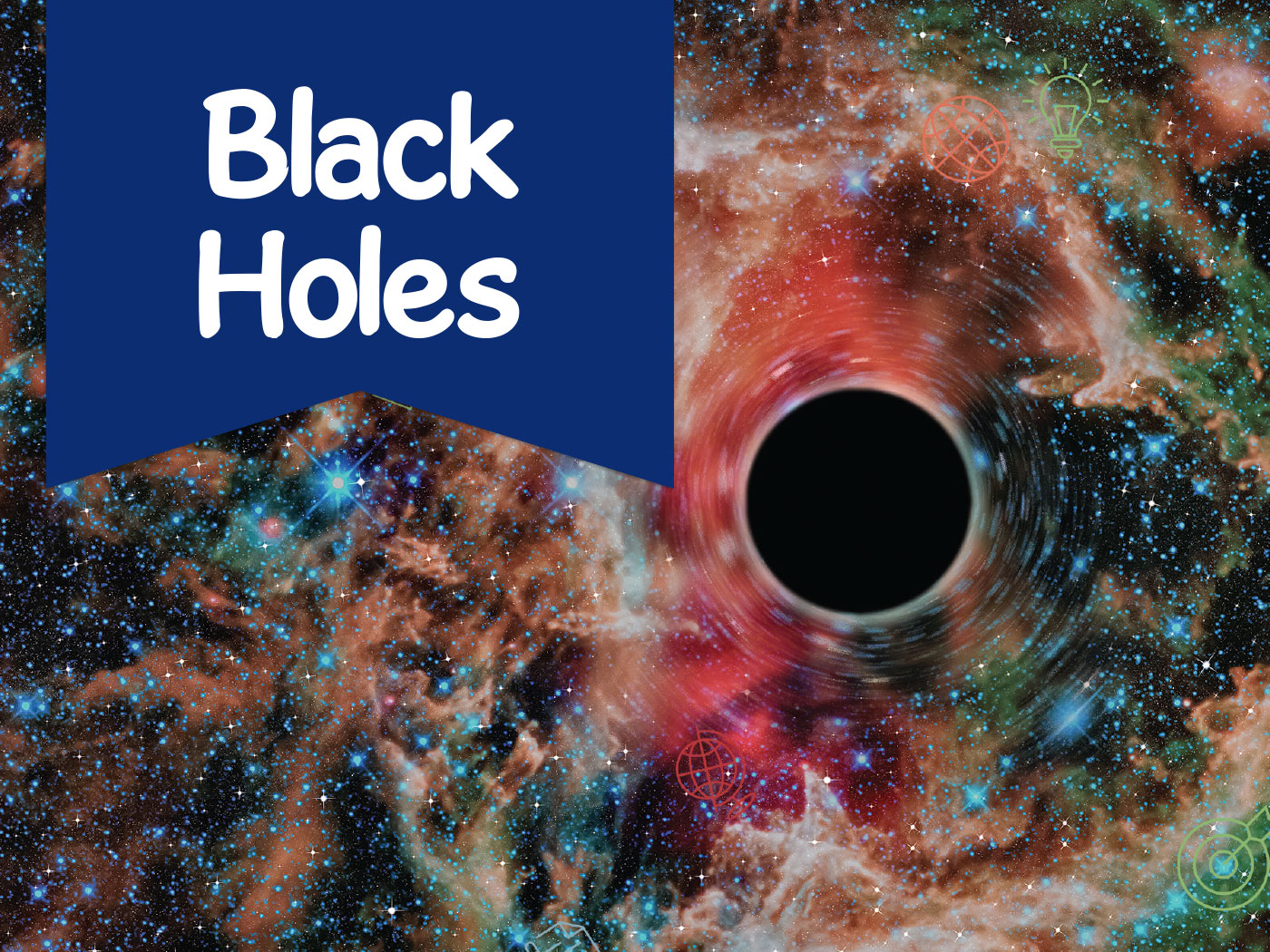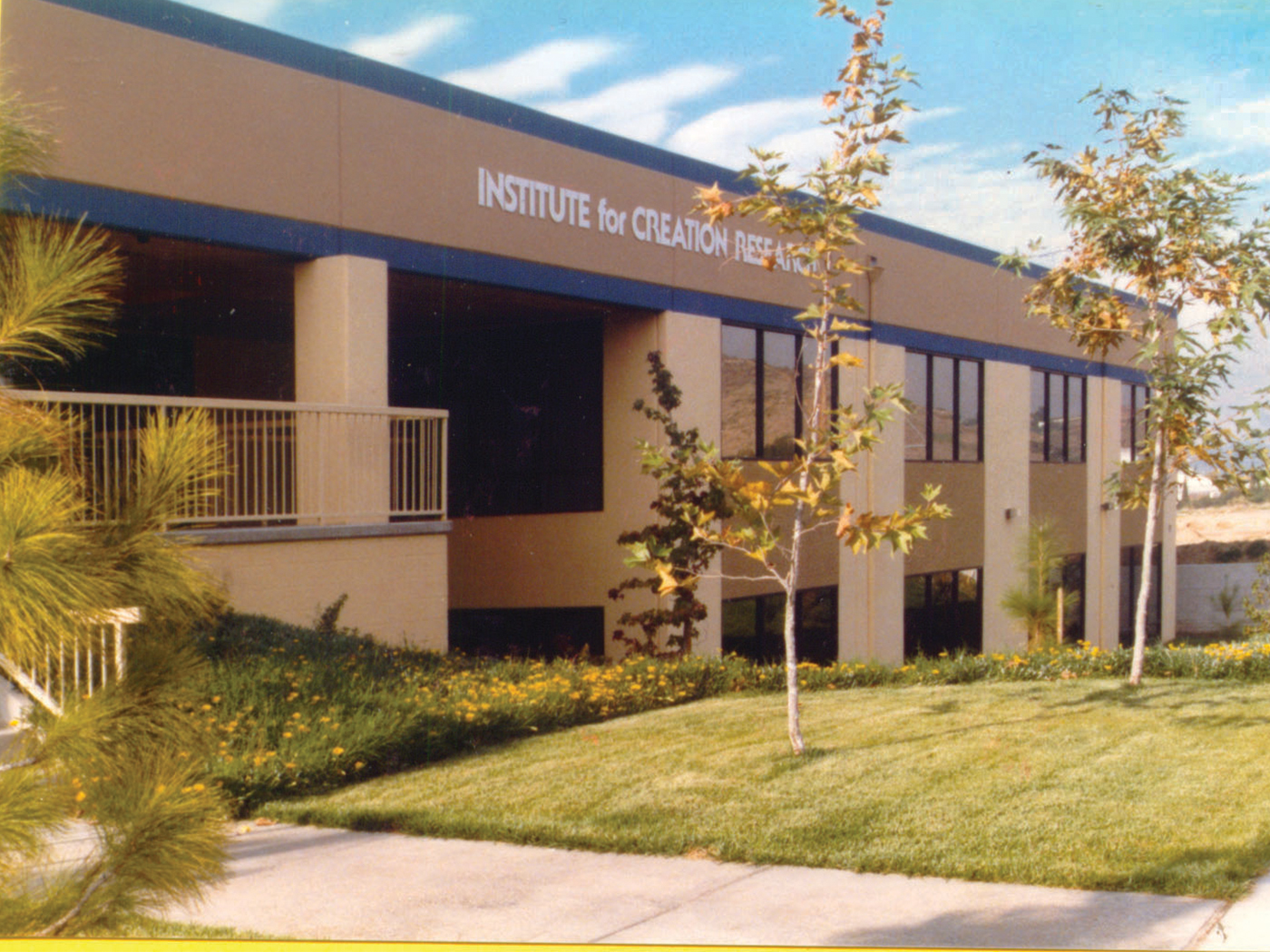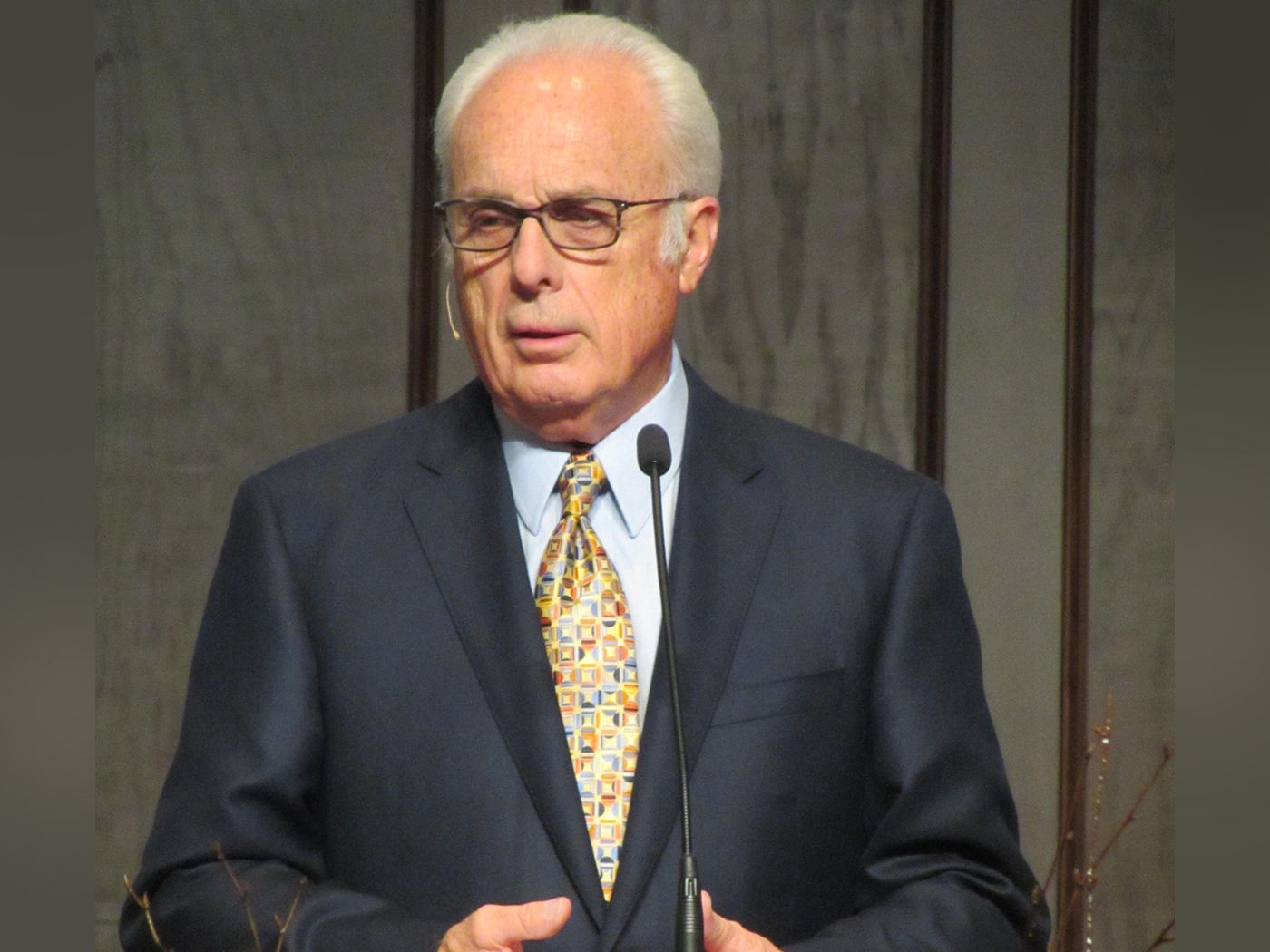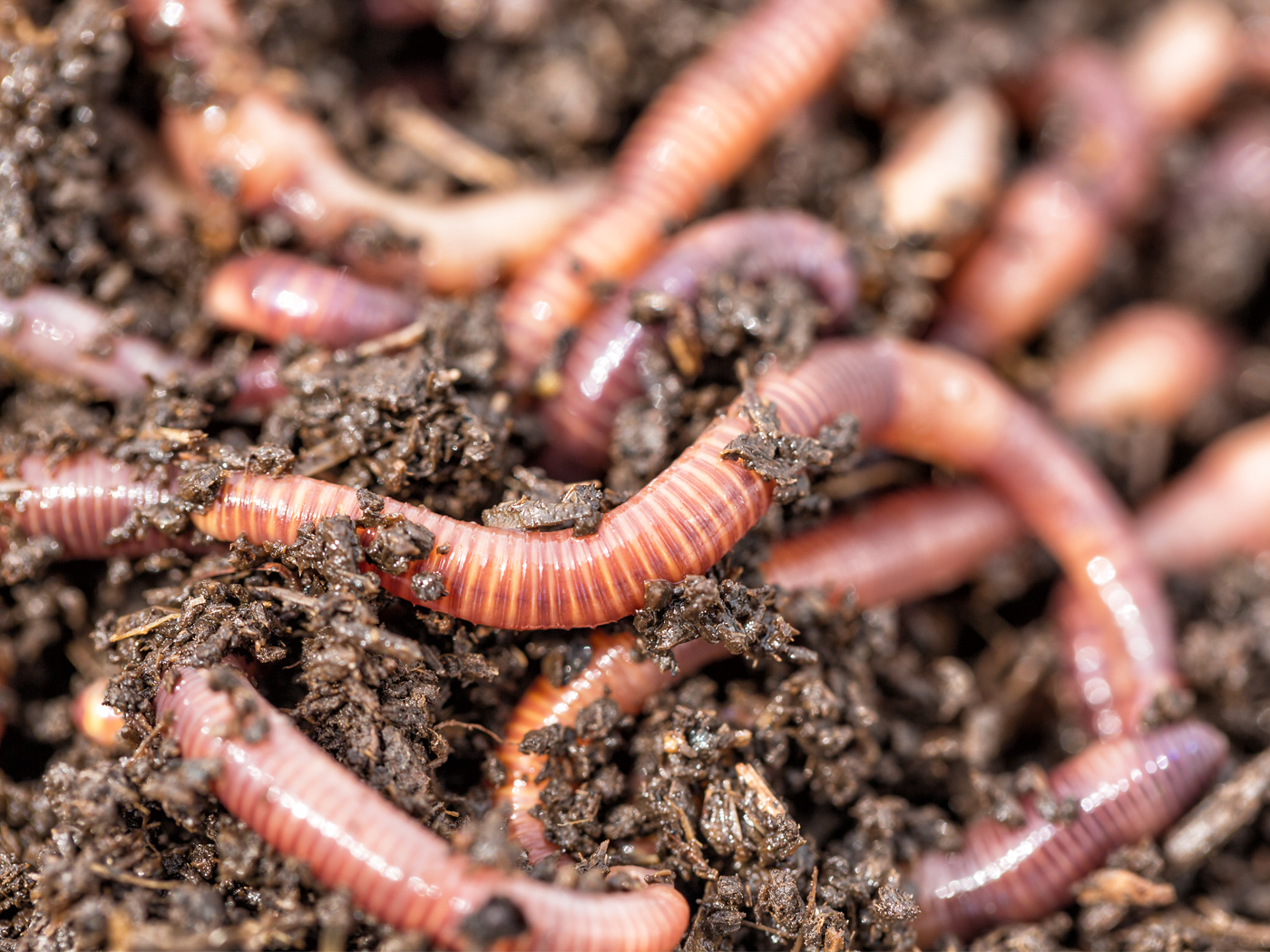The heavens are expected to declare even more of God’s glory1 this week. Probably early Wednesday morning, the Lyrid meteor shower will peak.2 For those who are socially isolated due to the coronavirus pandemic, this event is an opportunity to enjoy a little more of God’s creation, as well as a reminder that our solar system is young.
As comets approach the sun, they lose material as ices in the comet nucleus vaporize. Sometimes bits of material break off the comet nucleus. Meteor showers occur when the Earth’s orbit passes through high concentrations of debris in a comet’s orbital path. As these cometary fragments enter our atmosphere at very high speed, they burn up, causing “shooting stars.”
The Lyrid meteor shower occurs every year around April 16-25 when the Earth passes through debris from one particular comet, Comet Thatcher. Those who want to see these “shooting stars” should watch the late evening to pre-dawn skies starting Sunday evening, April 19. The shower peak is expected in the very early (pre-dawn) hours on Wednesday, April 22, but it is possible that the Lyrids may also put on a good show the following evening.
For those wanting to view this meteor shower, astronomers recommend, that you find a viewing location with dark skies away from city lights, if possible. You may still see some meteors even with light pollution, but the show will likely be much better if you are aware from the city lights. Also, they recommend patience and, frankly, not getting your expectations too high! Under ideal conditions, you might see 10-15 meteors per hour, although outbursts have been known to occur, with as many as 100 meteors per hour.2
Meteor showers are a reminder that comets have finite lifetimes due to their loss of material.3-5 Most comets can only remain visible for thousands of years. Secular astronomers think comets are “leftovers” from the solar system’s formation billions of years ago. But if comets only last thousands of years, then how can we still have comets in a solar system that is billions of years old?
Secular astronomers argue that “reservoirs” re-supply the solar system with new comets to replace those that are no longer visible. However, there are problems with this idea. For instance, Comet Thatcher is a long-period comet6 that is supposed to originate from a hypothetical reservoir of comet nuclei called the Oort Cloud. However, even the late astronomer Carl Sagan acknowledged that there was not a shred of direct evidence for this hypothetical Oort Cloud.7 Also, because comets are supposedly “leftovers” from the solar system’s formation, they would have had to “migrate” outward in order to form and populate the Oort Cloud. Yet computer simulations have shown that most of the comet nuclei would have smashed into each other and been destroyed during this outward migration process!8
So if you and your family are looking for something fun to do, look to the evening skies this week!
References
1. Psalm 19:1-2.
2. McClure, B. and D. Byrd. Lyrid meteor shower: All you need to know. EarthSky. Posted on earthsky.org April 16, 2020, accessed April 18, 2020.
3. Alas, Comet Atlas, which we described in reference 4, is already breaking up and will probably not put on a good show in May.
4. Hebert, J. Comet ATLAS: Nighttime Diversion for Isolated Families. Creation Science Update. Posted on ICR.org March 26, 2020, accessed April 18, 2020.
5. Rao, J. As Comet ATLAS crumbles away, Comet SWAN arrives to take its place for skywatchers. Space.com. Posted on space.com April 18, 2020, accessed April 18, 2020.
6. A long period comet is one that takes more than 200 years to complete one orbit around the sun. Comet Thatcher’s orbital period is roughly 415 years.
7. Sagan, C. and A. Druyan. 1985. Comet. New York: Random House, 398.
8. Stern, S. A. and P. R. Weissmann. 2001. Rapid collisional evolution of comets during the formation of the Oort Cloud. Nature. 409 (6820): 589-591.
*Dr. Jake Hebert is Research Associate at the Institute for Creation Research and earned his Ph.D. in physics from the University of Texas at Dallas.
Lyrid Meteor Shower Peaks This Week
The Latest
55-Million-Year-Old Tree Frog…Is Still a Tree Frog
In the 1990s, Australian paleontologists discovered fossil frog bones during a dig in Murgon, Queensland.1 This new species of frog—Litoria...
Pastor and Longtime ICR Supporter Dr. John MacArthur Now with...
Faithful ICR supporter and pastor Dr. John MacArthur went home to be with the Lord on Monday, July 14, 2025, completing his 86-year pilgrimage.1...
CREATION PODCAST
Setting Sights on Scopes: The Truth Behind the Infamous Monkey...
The Scopes Trial is one of the most famous court cases in American history, and this year marks its one hundredth anniversary. Often,...
Did Earthworms Rewrite Their DNA to Survive on Land?
An earthworm news story was recently posted that openly questions Darwin’s gradual and slow evolutionary progress in the living world.1...
Mysterious Erosion Confirms High Flood Boundary
Two separate research reports arrived at a similar conclusion.1,2 Both found an episode of mysterious erosion had occurred near the end of...
A Uniquely Designed Air-Filled Sac Within Birds’ Lungs
Soaring birds are a majestic sight to behold, especially when they undergo such climbing and endless spiraling so effortlessly. Not surprisingly, evolutionists...
Liberty and the Word of God
“And I will walk at liberty: for I seek thy precepts” (Psalm 119:45).
July 4th is called Independence Day here in our country because on...
July 2025 ICR Wallpaper
"These things I have spoken to you, that in Me you may have peace. In the world you will have tribulation; but be of good cheer, I have overcome...
Valued Longtime ICR Employee Mary Smith Retires
Mary Morris Smith, an employee of the Institute for Creation Research for many years, has retired. The second daughter of ICR founder Dr. Henry M. Morris...
Man of Science, Man of God: George Washington Carver
Who: George Washington Carver
What: Father of Modern Agriculture
When: 1864 or 1865 – January 5, 1943
Where: Diamond Grove,...





















